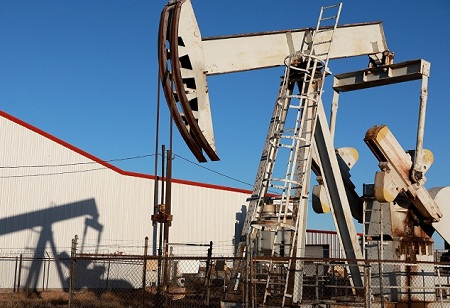
As Western oil and gas firms left Russia's resource-rich Sakhalin, the governor welcomed Indian businesses to take use of the country's energy resources. "We invite Chinese and Indian businesses to participate in energy complex projects. They have an excellent opportunity to replace the void left by American and European businesses in the market for oil and gas services, according to Valery Limarenko, the governor of Sakhalin, who just made the announcement on his website. Sakhalin, Russia's largest island, is situated in the Pacific.
Since ExxonMobil and Shell withdrew following the Russia-Ukraine conflict, ONGC Videsh (OVL) has had a 20% ownership in the Sakhalin-1 oilfields. Moscow has been pressuring New Delhi to raise its stake. Also desired is Indian investment in the Sakhalin-2 gas field. The Chayvo, Odoptu, and Arkutun-Dagi fields are part of the 1,140 square kilometre Sakhalin-1 offshore oil and gas field in Russia's far east. In July 2001, OVL purchased a stake in the project.
The De-Kastri terminal, which is connected to Sakhalin-1 by a special pipeline and is situated in the Khabarovsk region of the Russian mainland, handles the bulk of the oil output on Sakhalin-1's export to foreign markets. The rights and obligations of the consortium under the Sakhalin-1 production sharing agreement (PSA) were transferred to a new business, the Sakhalin-1 Limited Liability business, as a result of a decree that the Russian President signed on October 7, 2022.
In this new business, Sodeco holds 30% of the equity while OVL and Rosneft each control 20%. The Japanese government and the private sector jointly own Tokyo-based Sakhalin Oil and Gas Development Co. Sakhalin has undergone an oil boom, with considerable petroleum exploration and mining, since the fall of the Soviet Union in 1991 and the accompanying economic liberalisation. The estimated 14 billion barrels of oil and 96 trillion cubic feet of gas in the reserves.
We use cookies to ensure you get the best experience on our website. Read more...